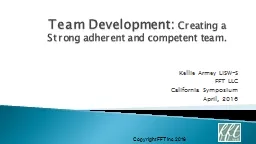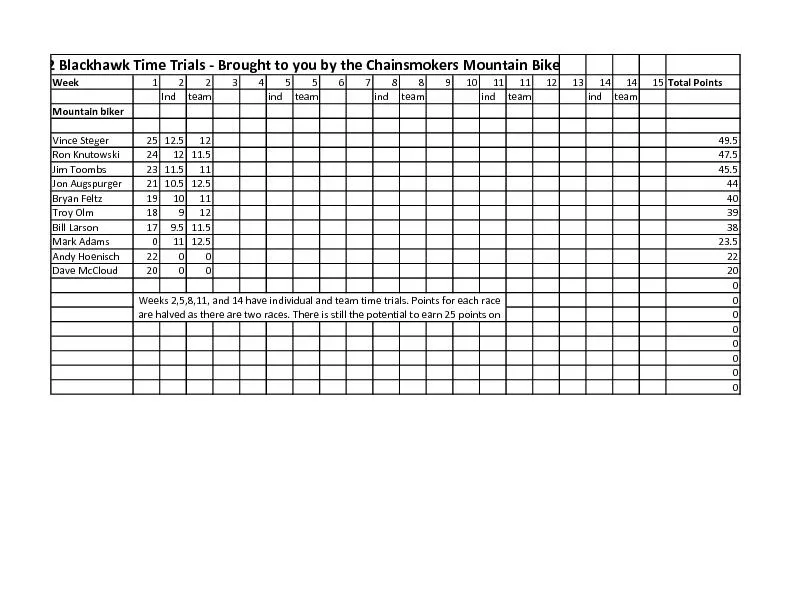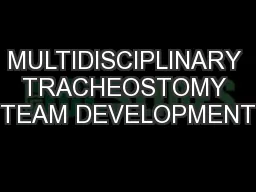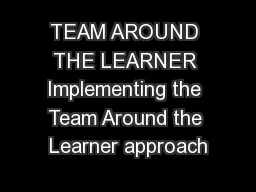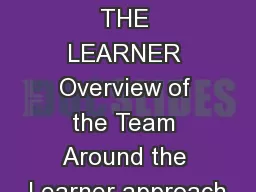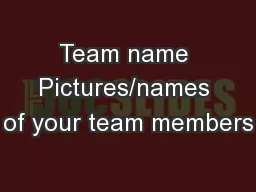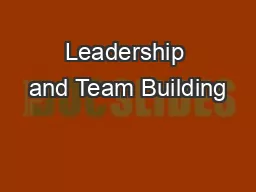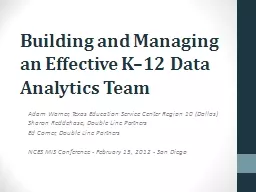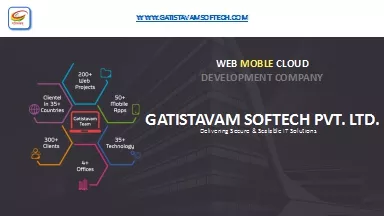PPT-Team Development:
Author : calandra-battersby | Published Date : 2017-07-17
Creating a Strong adherent and competent team Kellie Armey LISWS FFT LLC California Symposium April 2016 Copyright FFT Inc 2016 Copyright FFT Inc 2016 Bruce Tuckman
Presentation Embed Code
Download Presentation
Download Presentation The PPT/PDF document "Team Development:" is the property of its rightful owner. Permission is granted to download and print the materials on this website for personal, non-commercial use only, and to display it on your personal computer provided you do not modify the materials and that you retain all copyright notices contained in the materials. By downloading content from our website, you accept the terms of this agreement.
Team Development:: Transcript
Download Rules Of Document
"Team Development:"The content belongs to its owner. You may download and print it for personal use, without modification, and keep all copyright notices. By downloading, you agree to these terms.
Related Documents

